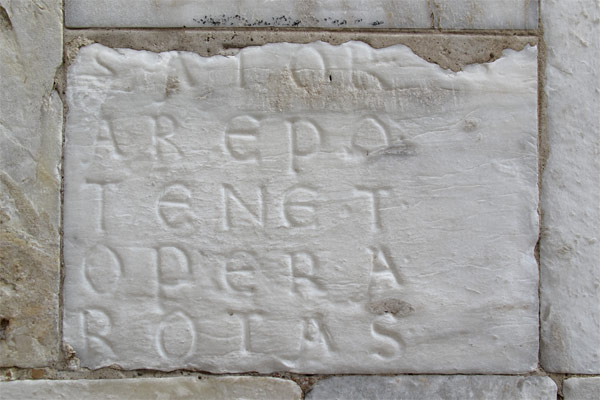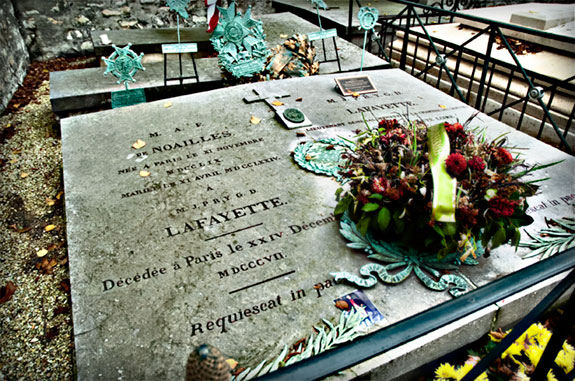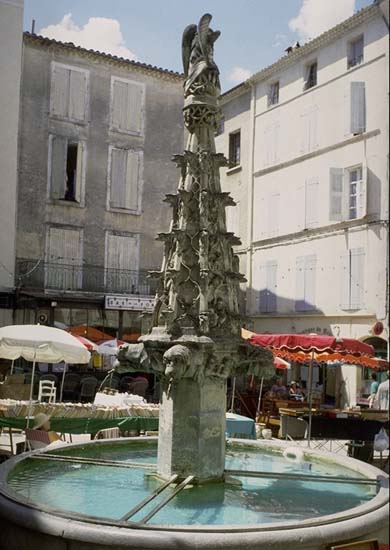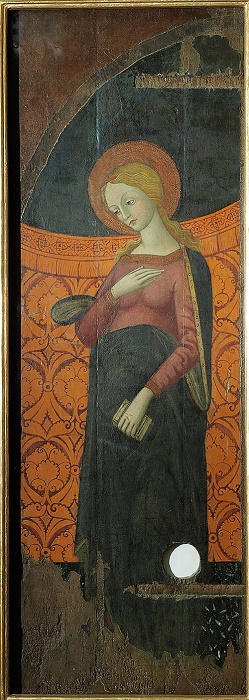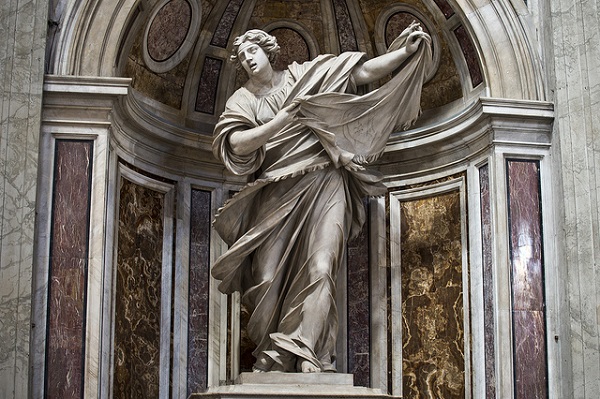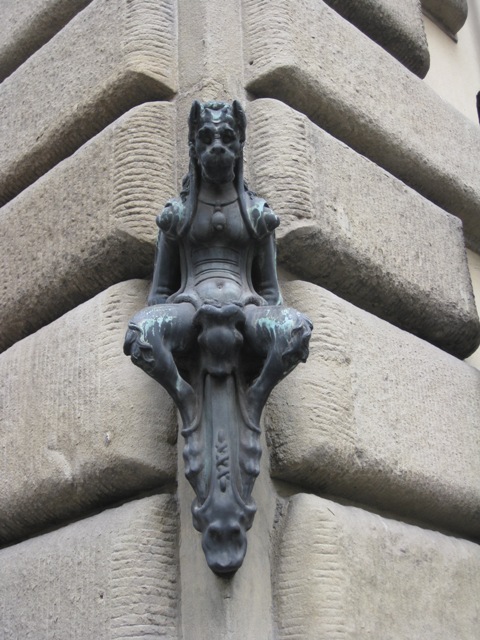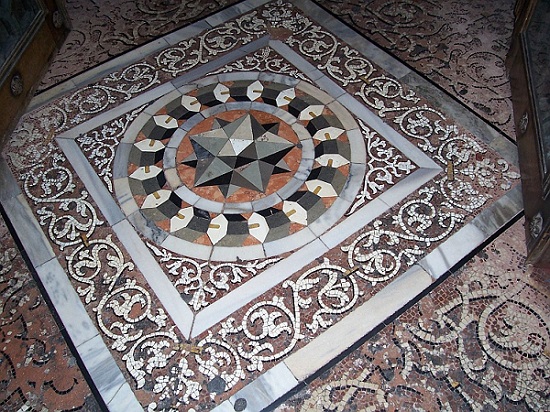
On the floor of St Mark’s Basilica, just in front of the main doorway on the left, is a curious but beautiful mosaic of a starred dodecahedron. It is attributed to Paolo Uccello, the famous Florentine Renaissance artist (1397-1475), who here was perhpas influenced by Luca Bartolommeo de Pacioli (1445 – 1517), even though the latter was only thirty at the time of the artist’s death. De Pacioli was a Franciscan monk and a famous mathematician and is considered to be the father of modern bookkeeping. He was also the author of a treatise entitled De Divina Proportione, published in Venice in 1509, which was primarily concerned with the “golden ratio” and its application in architecture and painting. (I will be posting as blog on Pacioli in the coming week, so keep an eye out for it – he was a fascinating man! ).
By extending the faces of the dodecahedron so that they meet to form “pyramids”, a star is obtained, hence the “starred dodecahedron” made up of twelve pentagons. The basis of the pentagram (the five-pointed star made up of five straight lines), meant that this figure was, for the wise men of Antiquity, a symbol of Venus, the planet governing Venice, which explains its presence here.
In traditional symbolism, the dodecahedron was the form that best represented the manifestation of God in Nature. For Plato, it was the symbol par excellence of cosmic harmony. It is also a three-dimensional representation of the symmetry of the pentagon and of the “golden ratio” that occurs throughout the natural world. This “golden ratio” or “golden mean” (1.618) described by Kepler in his Mysterium Cosmographicum as “a gem of geometry”, is the essential property of the dodecahedron and also the other geometrical forms that Plato described as “celestial”. Totalling five in number, they were the model for all the forms to be found in the natural world – octahedron (air), cube (earth), tetrahedron (fire), dodecahedron (the universe), icosahedron (water). These universal forms are systematically organised in a geometrical form in which each figure has its own mathematical and philosophical interpretation, hence their use in religious art and religious architecture.
This mosaic really does deserve your focus, not just because it is a beautiful floor mosaic, but because of what it means with cosmic harmony, something that is so central to both religious art and architecture – that sense of a closeness to God and the universe. So next time you are in Venice visiting St Mark’s, pay a little more attention to this beautiful striking mosaic. It deserves your time.
(Adapted in part from Secret Venice by Thomas Jonglez and Paola Zoffoli)

